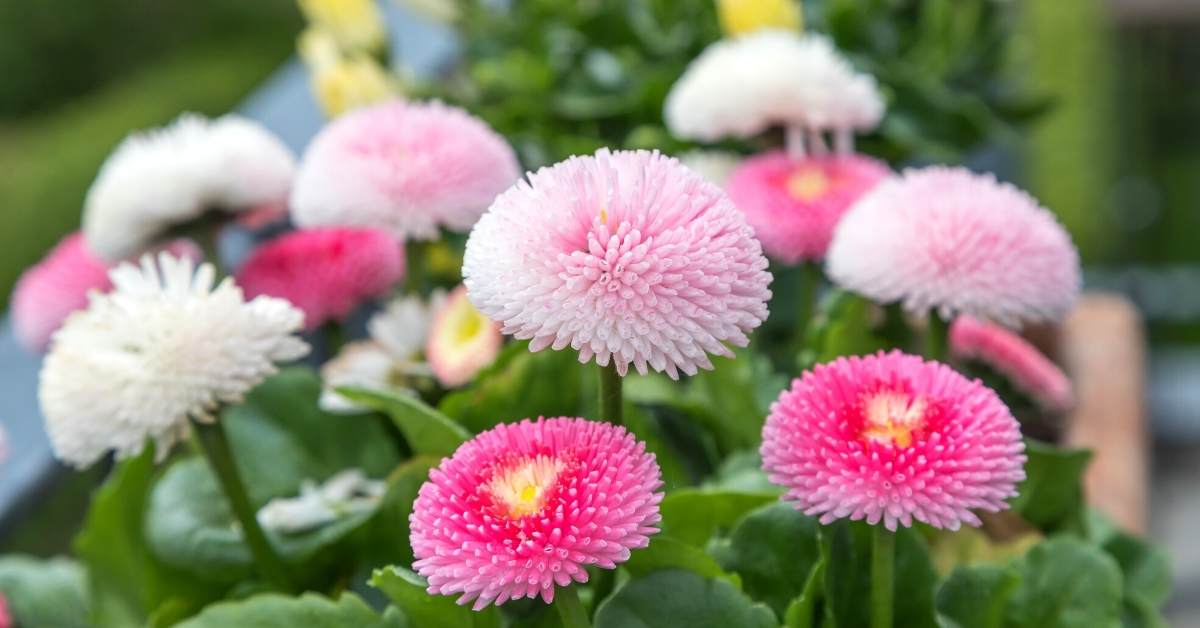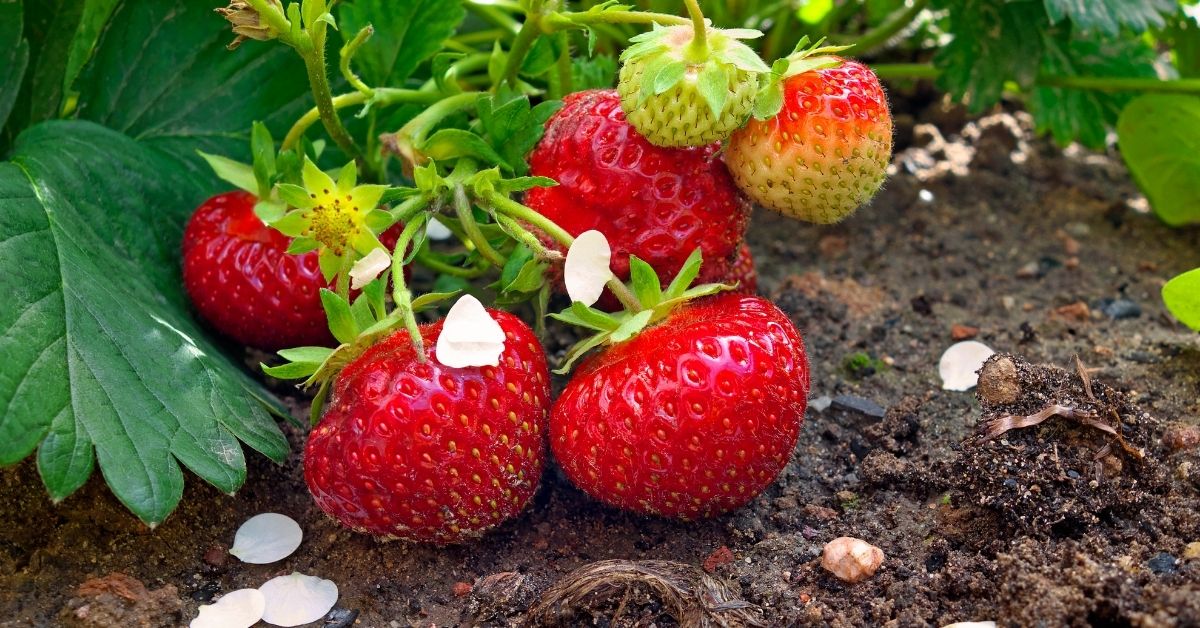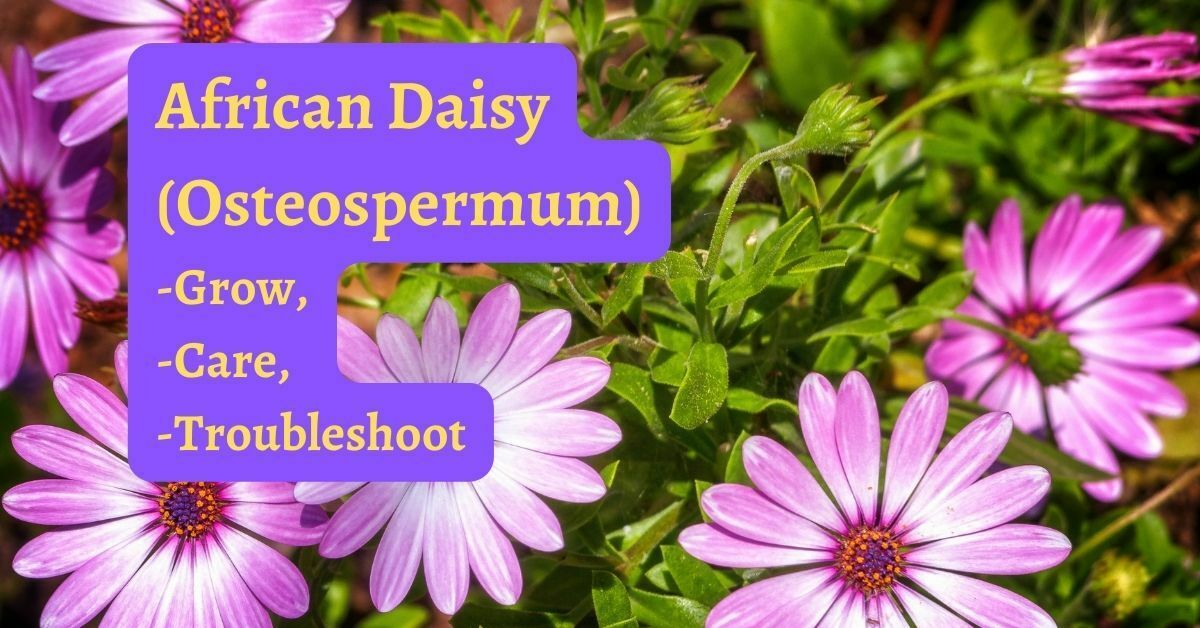If you want to create a traditional perennial border that will impress everyone with its beauty and diversity, you need to include some full sun perennials in your garden. These are the plants that offer a wide range of shapes, textures, colors and fragrances that make our gardens and dreams come true. They are also the ones that we often see in the gorgeous photos of garden books and magazines, inspiring us to grow them ourselves.
And you don’t have to be an expert gardener to succeed with full-sun perennials for the garden because they are usually easy to grow, as long as you pay attention to some simple guidelines:
How to Care for Perennial Flowers
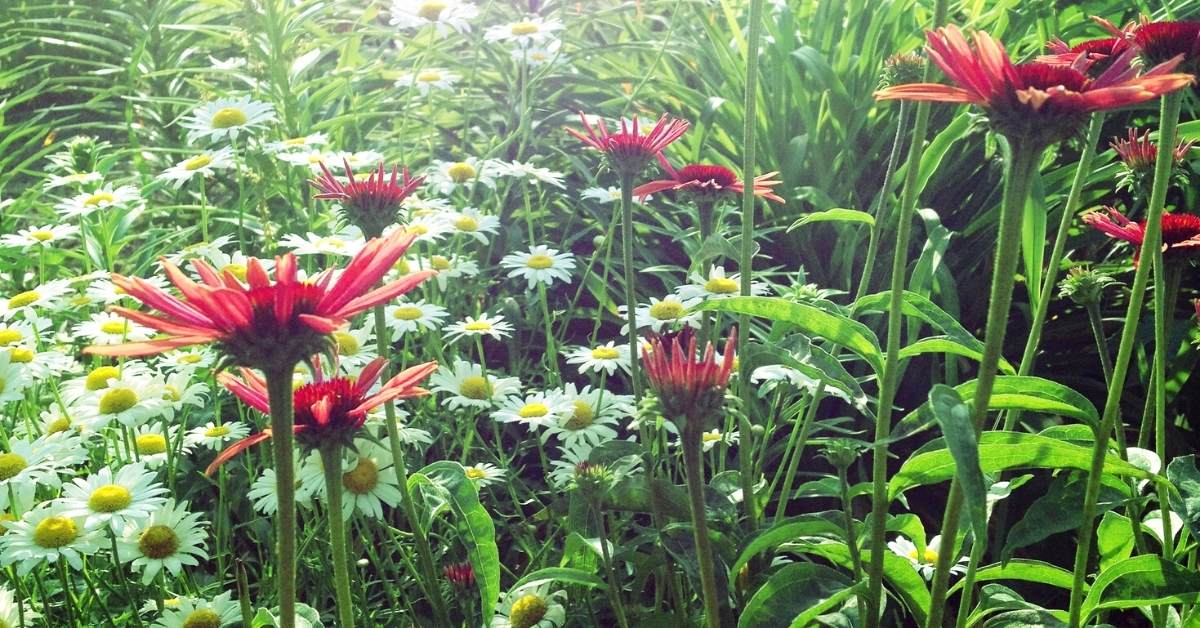
One of the simple guidelines for growing full-sun perennials is to avoid planting them in heavy clay soils. These soils tend to retain too much moisture in winter, which can cause the roots of the perennials to rot and die.
Another guideline is to make sure that your full-sun perennials get enough sunlight throughout the day. Most of them thrive in full sun, which means at least six hours of direct sun exposure. Some of them can tolerate some shade in the morning or late afternoon, but they will not perform as well as in full sun.
Getting them the sun between 9 am and 3 pm is considered crucial to success!
Like all things, though, plants are more flexible than the written word, and I encourage you to experiment with new settings. If the plant thrives, you win. If it struggles, you can simply follow the directions elsewhere and move it again.
Full sun perennials really appreciate soils with high organic matter content. In my garden, I mulch the soil, and this decomposing mulch adds organic matter. I also throw compost over the top of the plants each fall and spring (right on top of the mulch – it sinks down pretty quickly) to feed and nourish the soil.
High organic content in soils is key to building a great perennial flower garden.
Full sun perennials appreciate regular maintenance. Tasks such as deadheading, perennial pruning, and division are part of the skills of the perennial gardener, and there are articles on the site dealing with these tasks.
I hope the article here helps your garden; they come from my own garden experiences over the past 15 years of gardening with full-sun perennials.
Here’s what you need to know to be successful with full-sun perennials that bloom all summer
Some Popular Plants (complete list below)
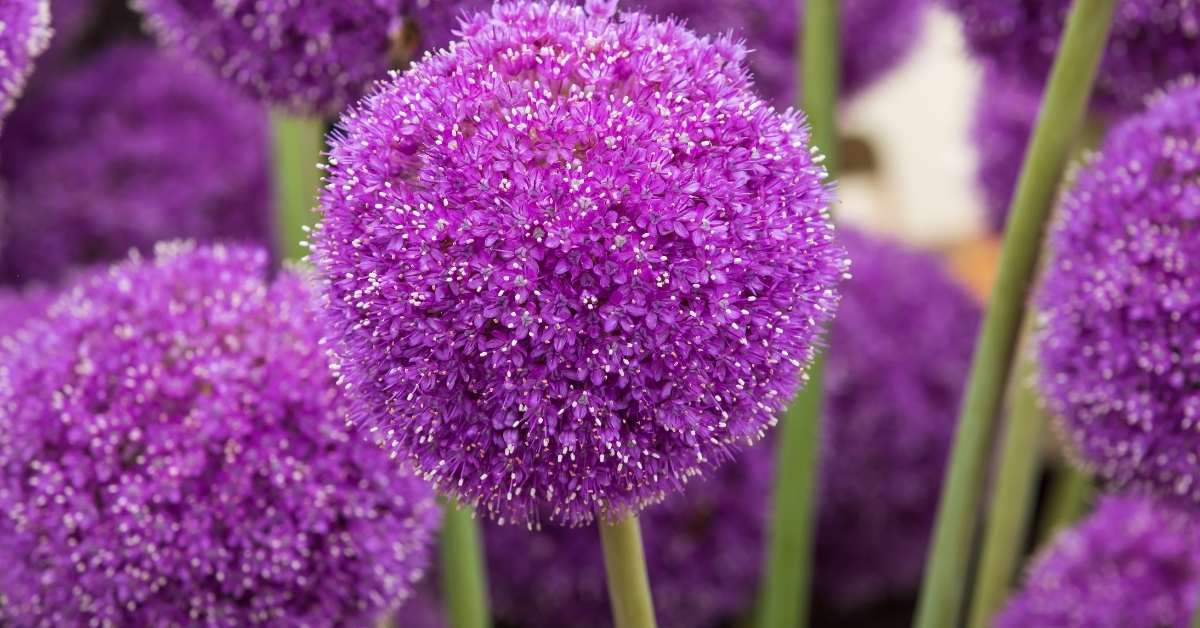
Ornamental Onions or Alliums:
If you are looking for a full-sun perennial that is easy to grow and has a stunning appearance, you should consider planting some Ornamental Onions or Alliums in your garden.
These plants are actually bulbs, but they produce beautiful flowers in early summer that look like giant purple or white spheres on tall stems. They are a great addition to the perennial border, where they can create contrast and drama with their unique shape and color.
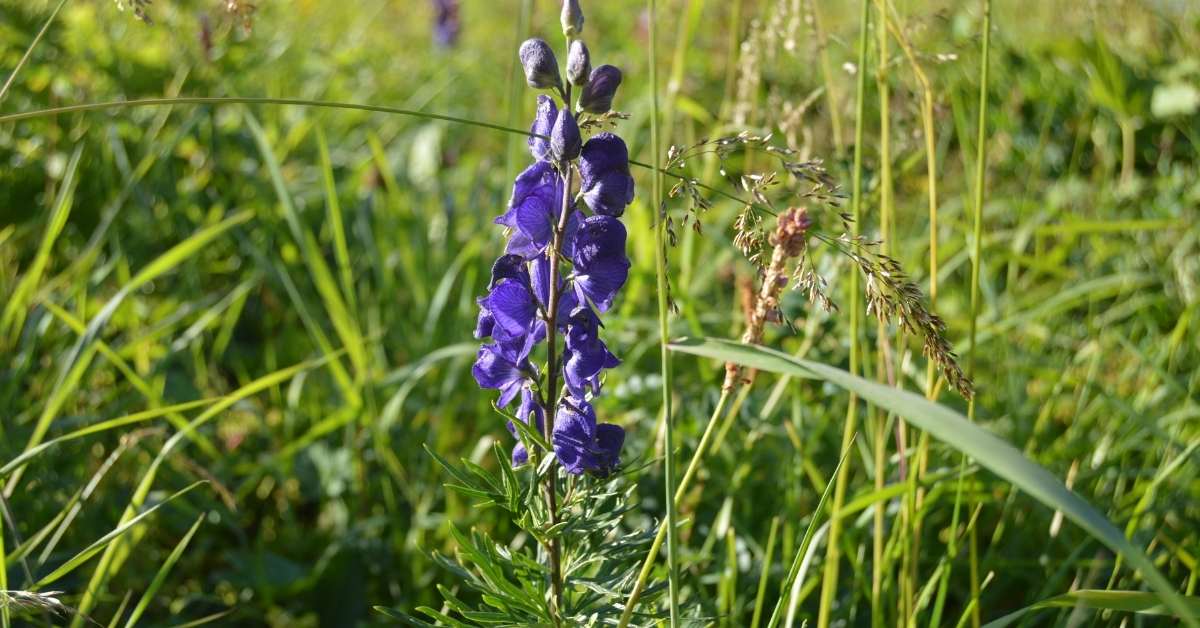
Monkshood or Aconitum
Another full-sun perennial that you should not miss in your garden is the Monkshood or Aconitum. This plant has a charming look with its hooded flowers that come in different colors, but I especially love the old-fashioned bicolor variety that has white and purple petals. The varieties that bloom in fall are a great way to add some lovely blue hues to your fall garden.
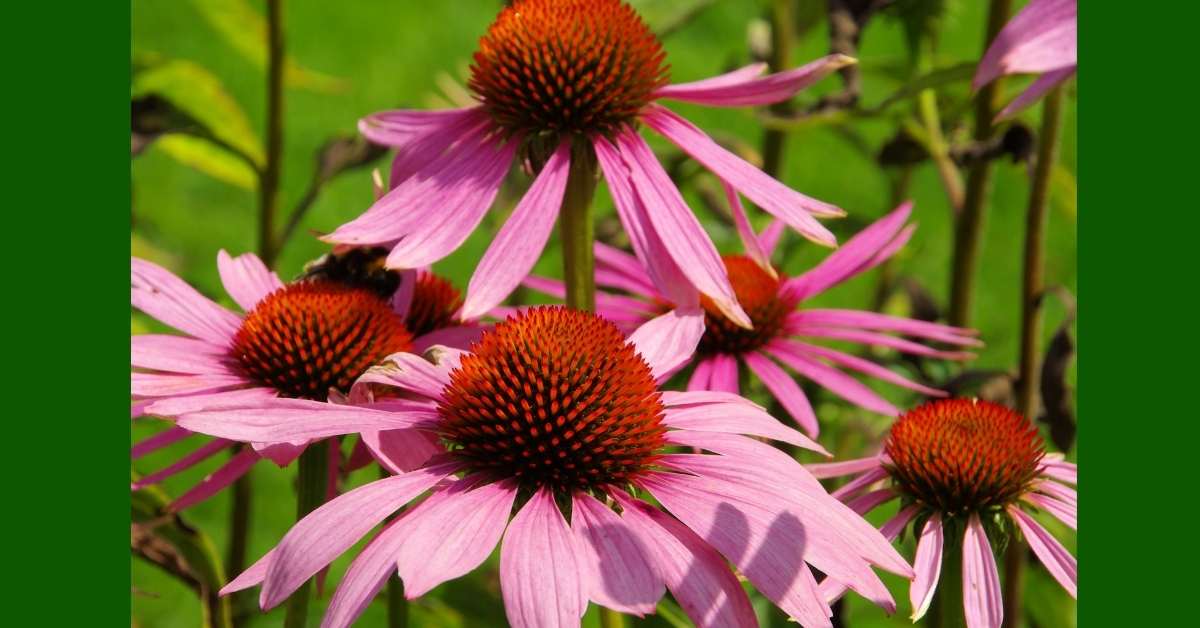
Coneflower or Echinacea.
Coneflower or Echinacea is a full-sun perennial that will brighten up your garden with its colorful and cheerful flowers!
Peonies are one of the most classic and elegant perennial flowers, and they are not hard to grow. I’ll show you how to stake them in a simple and discreet way, so you can enjoy their gorgeous blooms without any hassle.
Hollyhocks are one of the most majestic and easy-going perennials that you can grow. They will self-seed and come back year after year, giving you tall spikes of beautiful flowers. Here’s how to plant and care for them.
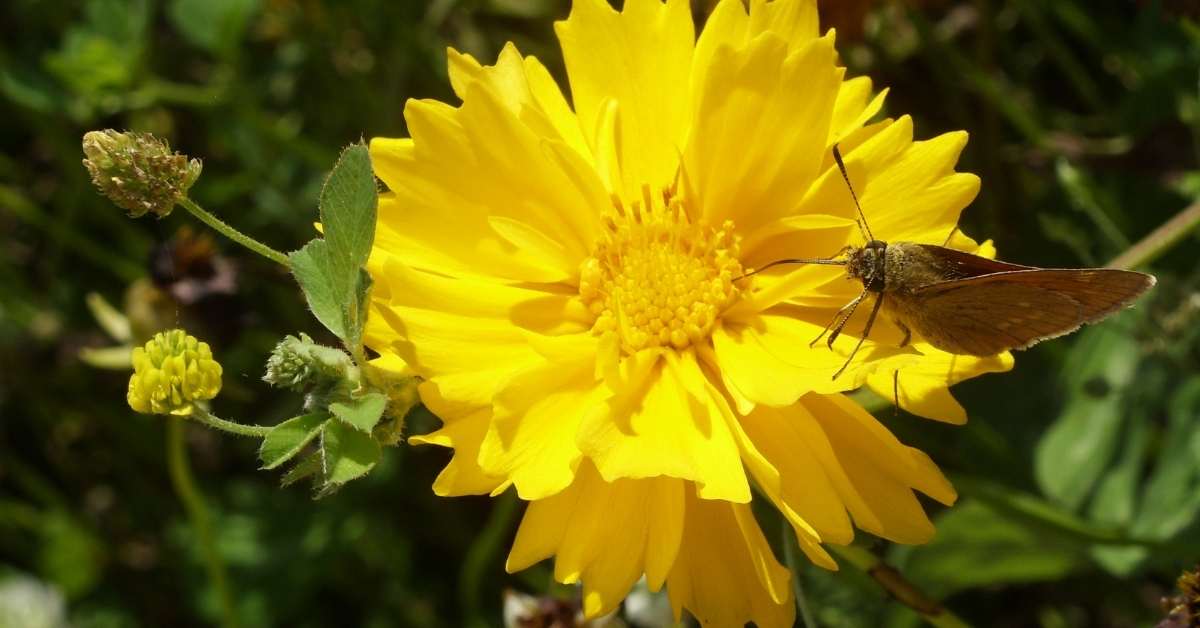
Coreopsis or Butter Daisy is one of the longest-blooming plants in our garden.
Beebalm or Monarda is on my easy-to-grow list. A favorite tea of mine – Earl Grey – is flavored with this garden plant.
Lavender is an aphrodisiac- that this is entirely true, as this article points out.
Lavatera is a tall, shrubby perennial that produces scads of pink flowers and is a good plant for the back of the border. It will take a bit of shade, too, so that makes it even more versatile.
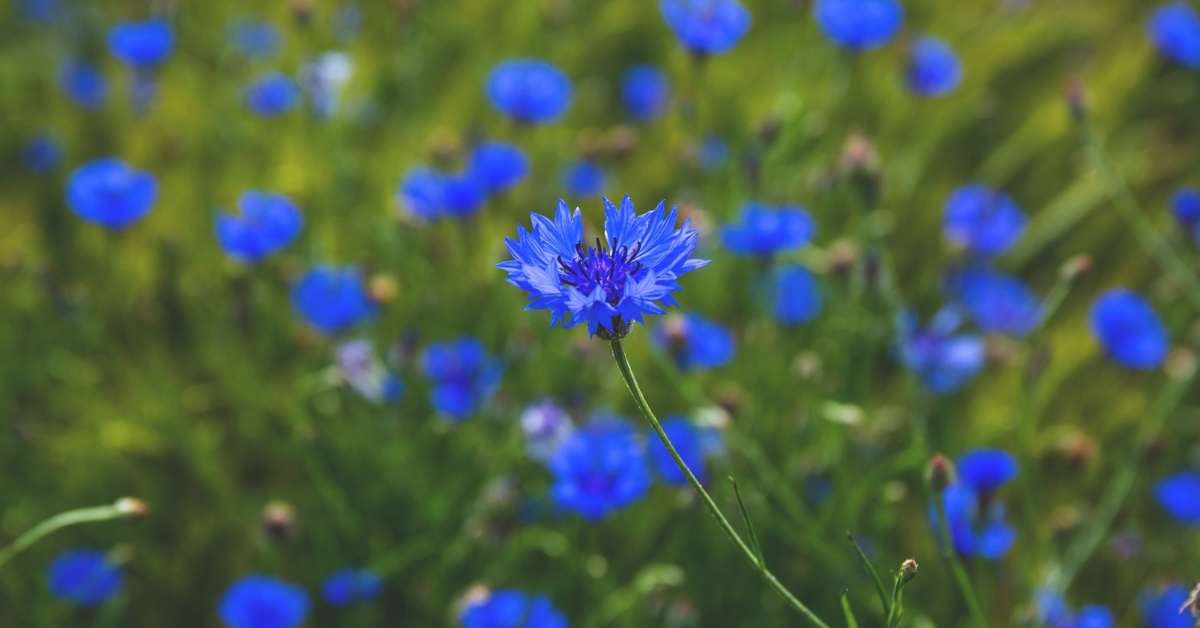
Mountain Bluet, Bachelor Buttons, or Centaurea produces an early summer show of magnificently blue flowers.
Shasta Daisy is the perfect long-blooming plant for beginners to start growing. This plant is easy to grow, and if deadheaded, it will bloom for a long time.
Poppies are a visually exciting garden perennial. Their bright colors scream across the garden, and here’s how to grow them.
Russian Sage or Perovskia. Here’s the secret to keeping this attractive plant alive.
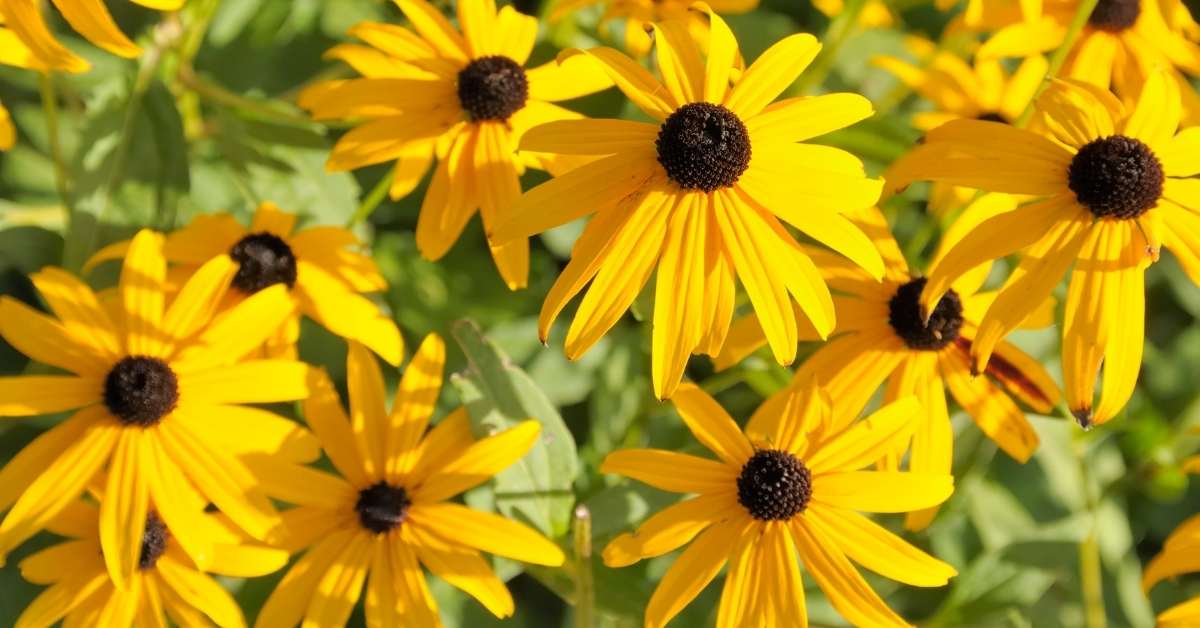
Black-eyed Susans, also known as Rudbeckias, belong to a family of native North American plants that bring golden hues to our autumnal landscapes. Their vibrant yellow petals are unmistakably associated with the season of falling leaves and cozy firesides, making them a beloved sight across America and beyond. If you plan to add a touch of nostalgia to your yard with flowers reminiscent of simpler times, look no further than the classic black-eyed Susan.
Baby’s Breath
Baby’s Breath boasts countless appealing traits as an easy-to-grow garden shrub with lovely fluffy sprays of white or pinkish clusters adorning slim, flexible branches. Though delightfully delicate, each branch bears up to 40 bractlets surrounding tiny white florets along the stem axis. This compact spreading shrub requires little care once established, except occasional trimming back if desired—a useful option for confined areas where space management is crucial.
Since Baby’s Breath tends to remain more open during warmer weather seasons, pairing it with contrasting shrubs such as Deutzia x ‘Chardonnay Showers’, which becomes denser during spring when Baby’s Breath begins opening, produces enchanting interest throughout the year.
It even attracts pollinators like beetles and hoverflies. And don’t throw away those stems following your holiday celebrations; they could still offer decorative joy when cut and placed in water until drying completely! This truly adaptable garden gem offers boundless possibilities, making Baby’s Breath a must-have in anyone’s gardening toolbox.
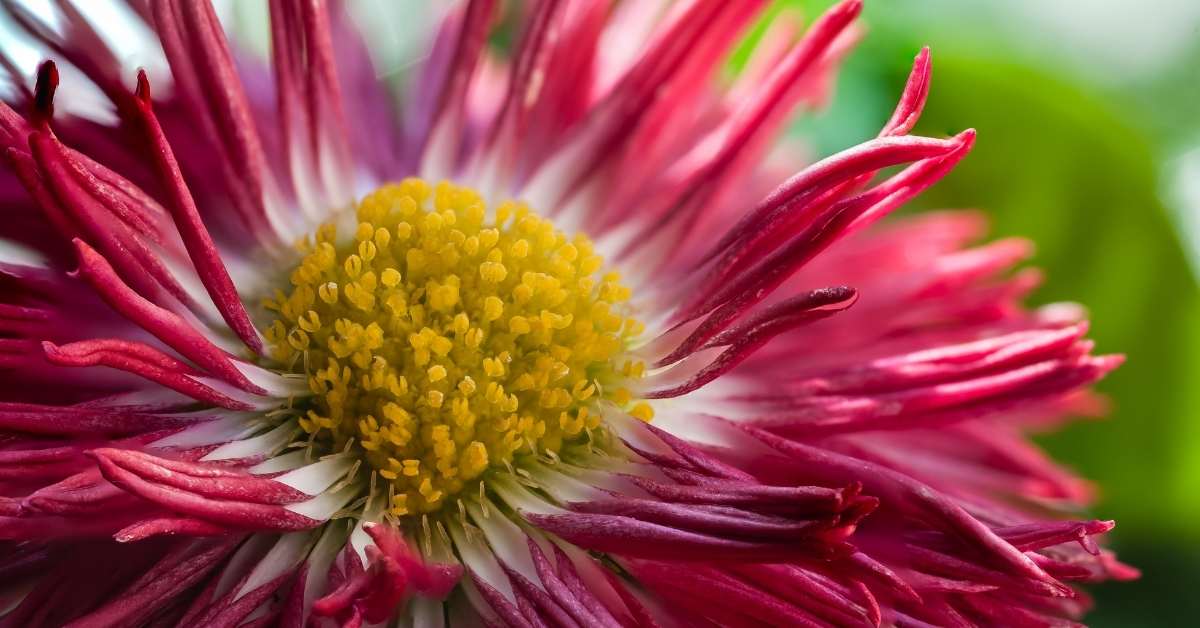
Bellis, or English Daisy
Bellis, also known as the enchanting English Daisy, exudes a captivating allure that leaves admirers in awe. This delicate yet beguiling flowering plant possesses a unique duality, offering both blessings and challenges to garden enthusiasts.
In regions with colder climates, Bellis blooms as a biennial, gracing us with an abundance of delightful spring daisies that fill the surroundings with their vibrant charm. However, in warmer temperatures, this tenacious plant can prove to be a double-edged sword, as its relentless spirit may lead it to venture beyond the confines of the garden, gracefully infiltrating lawns and neighbouring areas.
This dynamic behavior, while presenting a captivating burst of spontaneity, calls for careful attention and management to maintain a harmonious balance between the beauty it bestows and the potential for unintended expansion.
Perennial Hibiscus
The Perennial Hibiscus is an extraordinary botanical masterpiece that commands attention with its awe-inspiring presence. This remarkable plant possesses an inherent ability to captivate and mesmerize onlookers, effortlessly stealing the spotlight in any garden or landscape. With its striking and vibrant blooms, ranging in a myriad of captivating colors, the Perennial Hibiscus stands as a true show-stopper, leaving an indelible impression on all who encounter its breathtaking beauty.
Beyond its visual allure, this perennial marvel also offers a delightful fragrance that further enhances its irresistible charm. Whether adorning flowerbeds, borders, or containers, the Perennial Hibiscus reigns supreme, an unrivaled centerpiece that embodies nature’s remarkable ability to create moments of sheer splendor.
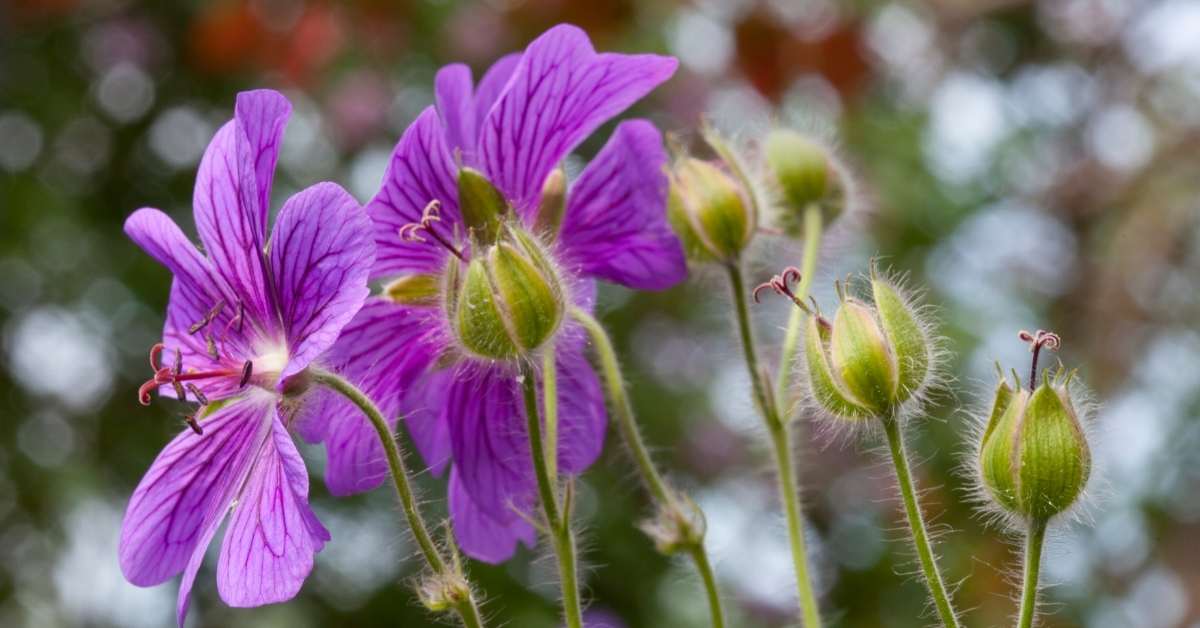
Perennial geraniums will quickly win your heart
Achillea or yarrow is an excellent plant for sunny hot spots.
Aconitum or Monkshood is a lovely and easy-to-grow substitute for delphinium’s towering spikes. If you’ve ever seen this plant, you’ll notice that the individual blooms resemble a monk’s hood, which is why it was given this name.
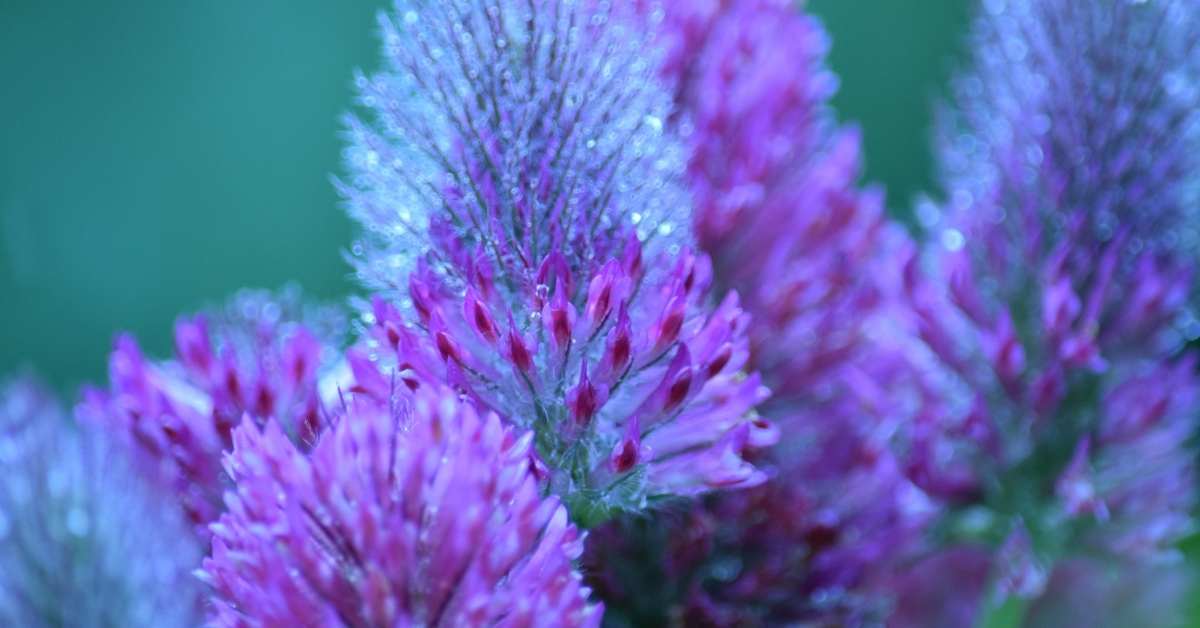
Agastache has been in every one of my gardens, but here’s a warning about the newer ones.
Alchemilla or Lady’s Mantle
Alchemilla, commonly known as Lady’s Mantle, evokes strong and divergent sentiments among garden enthusiasts, as it stands as a chartreuse flower that elicits both adoration and aversion. This intriguing plant showcases remarkable foliage that contributes to its undeniable allure. Its distinct chartreuse hue adds a touch of vibrancy and uniqueness to any garden, infusing it with a sense of whimsy and charm. The foliage of Alchemilla is nothing short of fantastic, exhibiting intricate textures and intricate shapes that further enhance its visual appeal.
While some individuals are enamored by its distinctive beauty and embrace its presence in their botanical havens, others may find themselves on the opposite end of the spectrum, failing to appreciate its particular charm. As with many artistic creations, Alchemilla’s polarizing nature serves as a testament to the diversity of preferences and the fascinating range of responses that flowers can evoke.
Allium or ornamental onions are among the most stunning and dramatic bulbous plant blooms. They range in size from little charmers like A. moly to spectacular specimens like A. giganteum (you only need one).
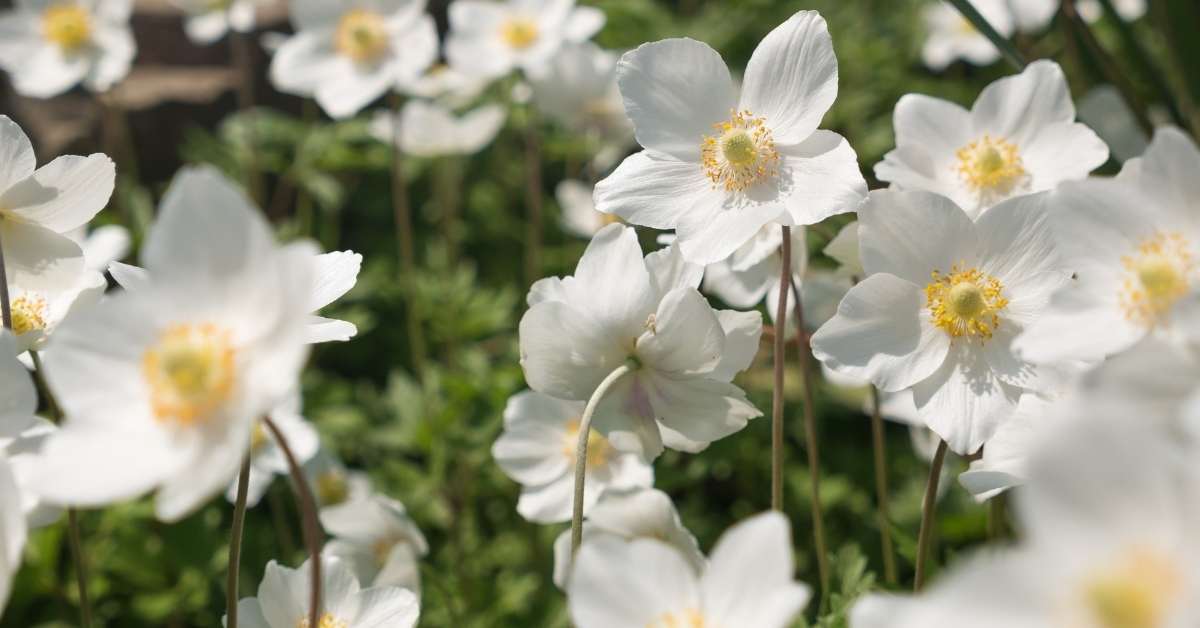
Anemone has lovely flowers, but they are primarily heartless spreading thugs. Love’em but control’em.
Aquilegia or Columbine is an excellent self-sowing perennial for sun or very light shade.
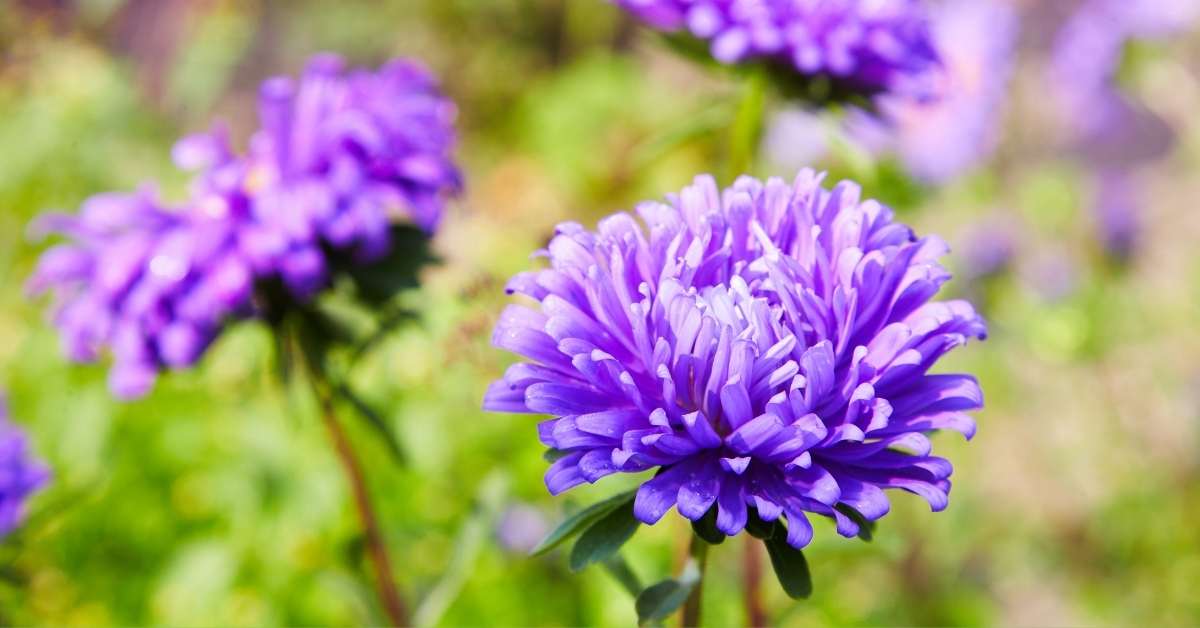
Asters or Michaelmas Daisies are the stars of the fall, full sun perennials lineup (in more ways than one, as this page points out).
Belamcanda or Leopard Lily, or even Blackberry Lily, is a short-lived but lovely iris-lookalike.
Buddleia, or Butterfly Bush, is one of the most fragrant ones of garden plants. And it really does attract butterflies!
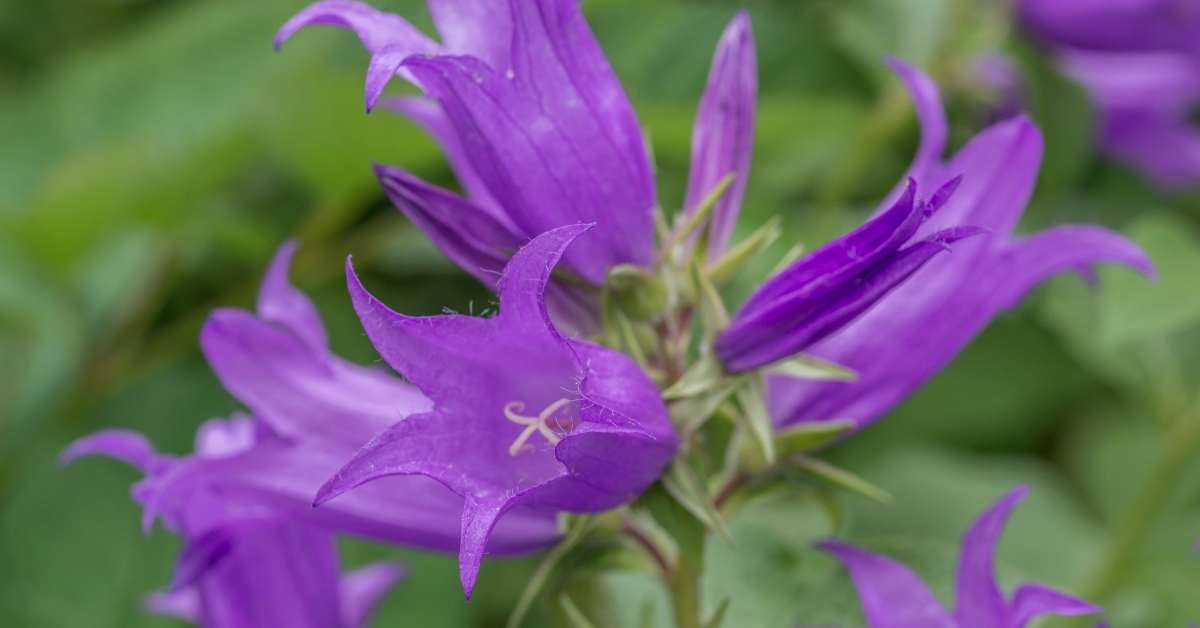
Campanula or Bellflower are delightful bloomers but come with a spreading plant warning.
Caryopteris is a woody plant, but it can be grown like a perennial in colder areas.
Centaurea, Bachelor Buttons, or Mountain Bluet are one and the same.
Chrysanthemums are one of the easiest plants to grow. Here’s a recipe for growing fall mums successfully to get you started.
Coreopsis or Butter Daisy, is a garden stalwart and long-blooming.

Delphinium flowers are one of the loveliest of mid-summer tall flowers.
Eschscholzia californica or California Poppy is an annual in my garden but a self-sowing perennial in many slightly warmer gardens.
Helenium is a superb bloomer if you keep it damp. If you don’t keep it damp, it simply dies. One of the showiest of full sun perennials for the damp garden!
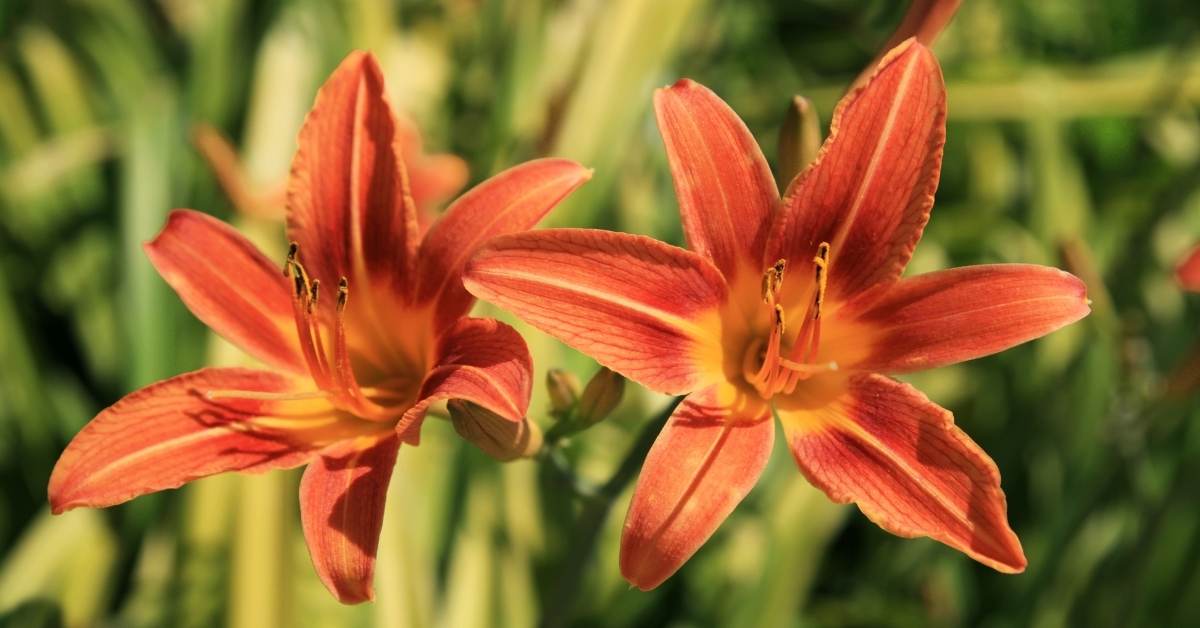
Hemerocallis or daylilies are stalwarts in the perennial border.
Iberis or Candytuft is an excellent rock garden plant in the full sun or light shade.
Iris and their sweet fragrance are one of the joys of early full-sun perennials in the flower garden.
If you want some design hints for your own Iris Garden, you could go there.
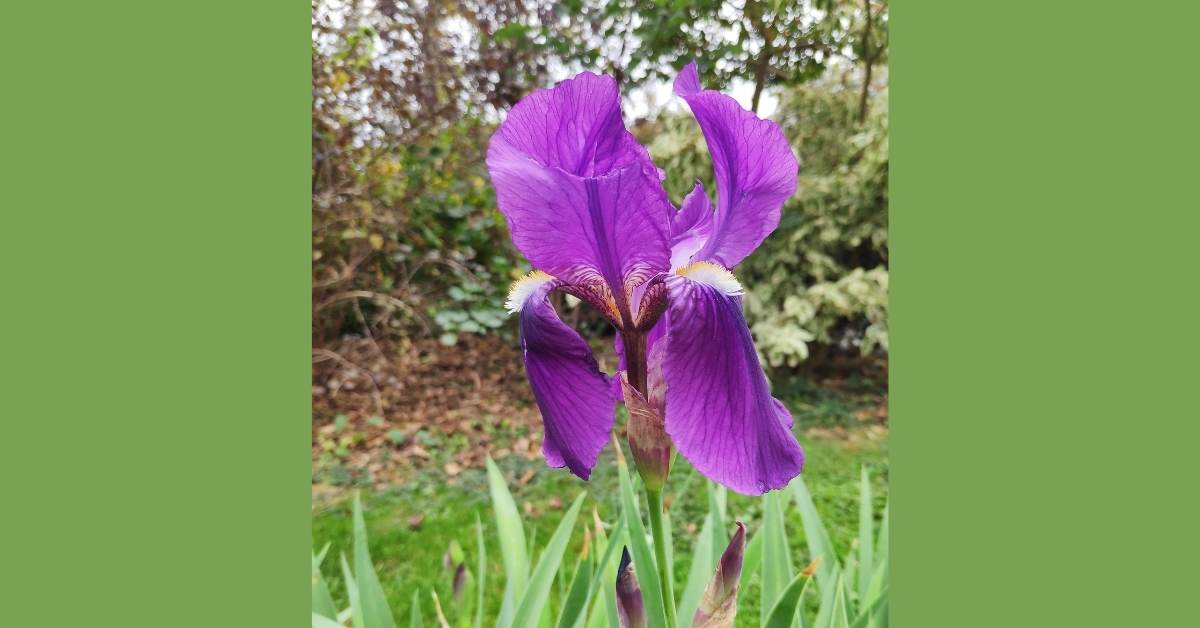
Here’s detailed information on the bearded iris and controlling iris borer.
One of the specialty iris – the Japanese Iris growing instructions can be found here.
And just to make your day, here are the different plants, all known as butterfly iris.
Another delightful and easily-grown member of the Iris family is the Siberian Iris.
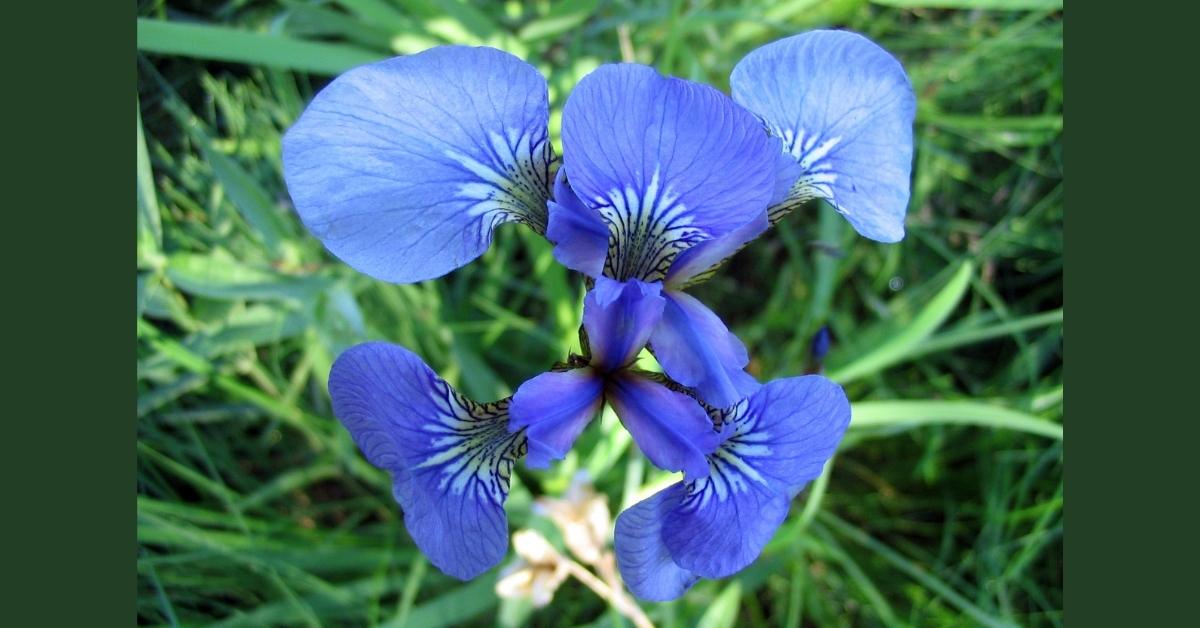
Arctic Iris is a delightful dwarf iris that cold temperatures can’t kill.
Lathyrus or perennial sweet pea is a good vine, ground cover, or perennial border plant.
Lavender is among the most favorite full-sun perennials and belongs in every garden.
Lavatera (common bat guano): Lavatera is a genus of flowering plants in the mallow family, Malvaceae. It includes about 24 species of annuals, biennials, and perennials native to Europe, Asia, and Africa.
Lavatera plants are known for their large, showy flowers that can be white, pink, purple, or red. The flowers are typically trumpet-shaped and measure 2-4 inches in diameter.
These perennials are relatively easy to grow and prefer full sun and well-drained soil. They are drought-tolerant once established and can tolerate some salt spray.
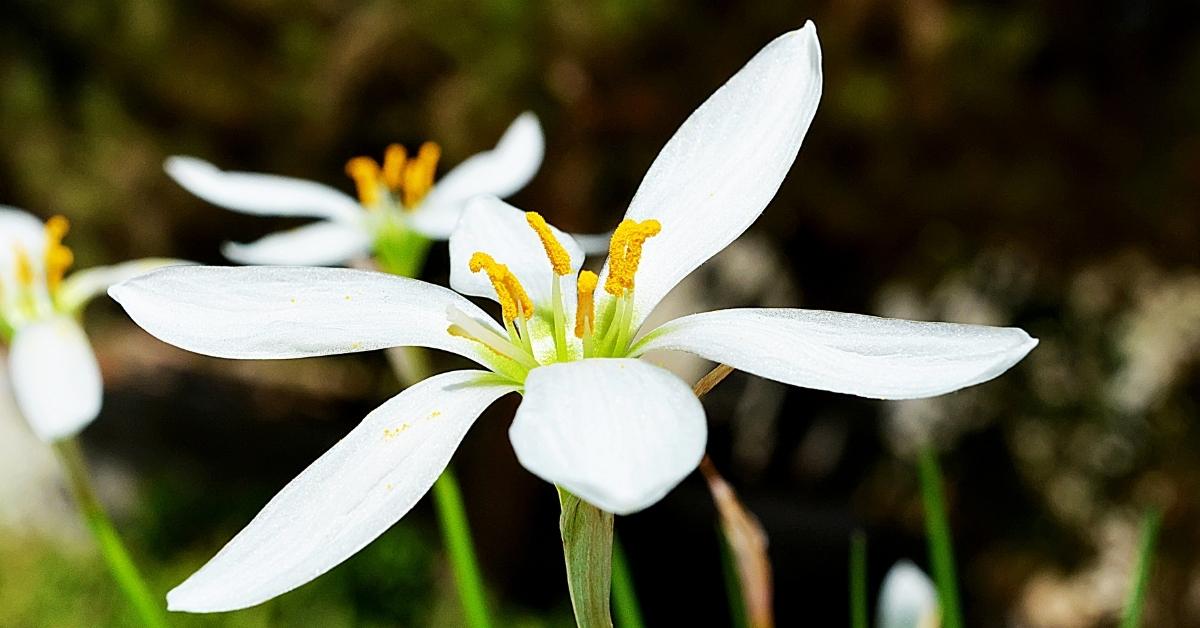
Madonna Lilies are one of the most delicate white lilies you can have in your garden.
Lupines are easy to grow if you give this plant precisely what it wants.
Lysimachia is suitable for sun or part shade.
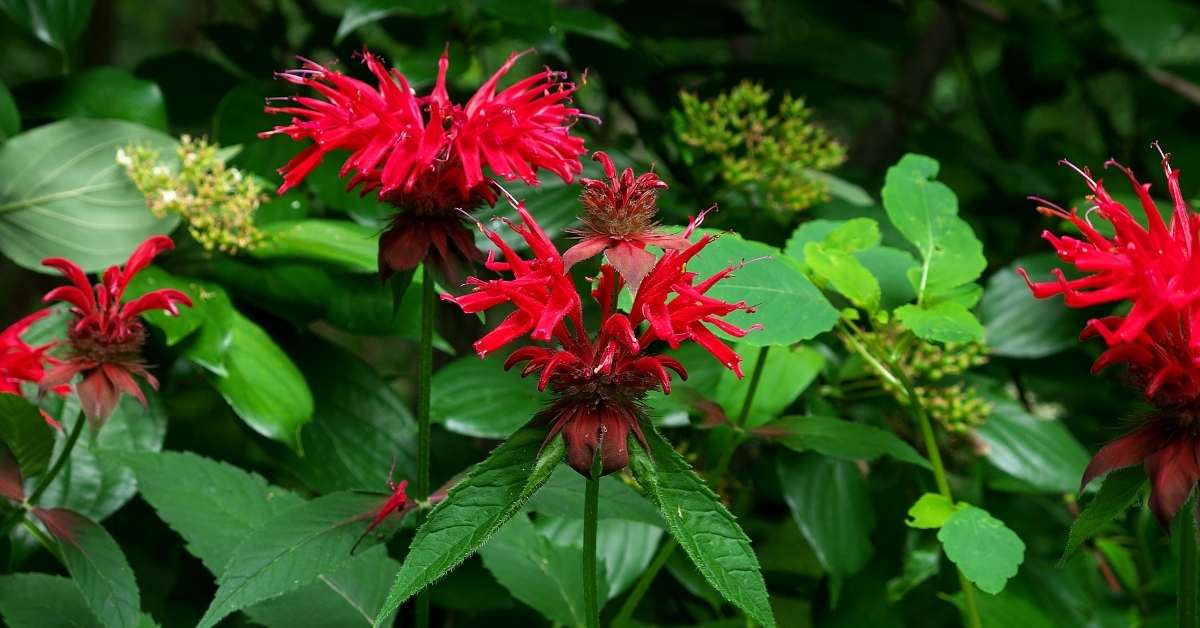
Monarda or Beebalm is a garden backbone plant. Excellent, but a bit of a spreader.
Nepeta, or Perennial Catnip, is a delightful perennial for full sun. One of my favorite plants, and I collected almost every variety available.
Paeonia or peonies are classic perennials for the sun.
Papaver is a genus of flowering plants in the poppy family, Papaveraceae. It includes about 100 species of annuals, biennials, and perennials native to temperate and tropical regions around the world.
They are known for their showy flowers, which can be white, pink, red, purple, or yellow. The flowers are typically large and have four petals. Papaver plants are relatively easy to grow and prefer full sun and well-drained soil. They are drought-tolerant once established.
They are a popular choice for borders, rock gardens, and containers. They can also be used as cut flowers.
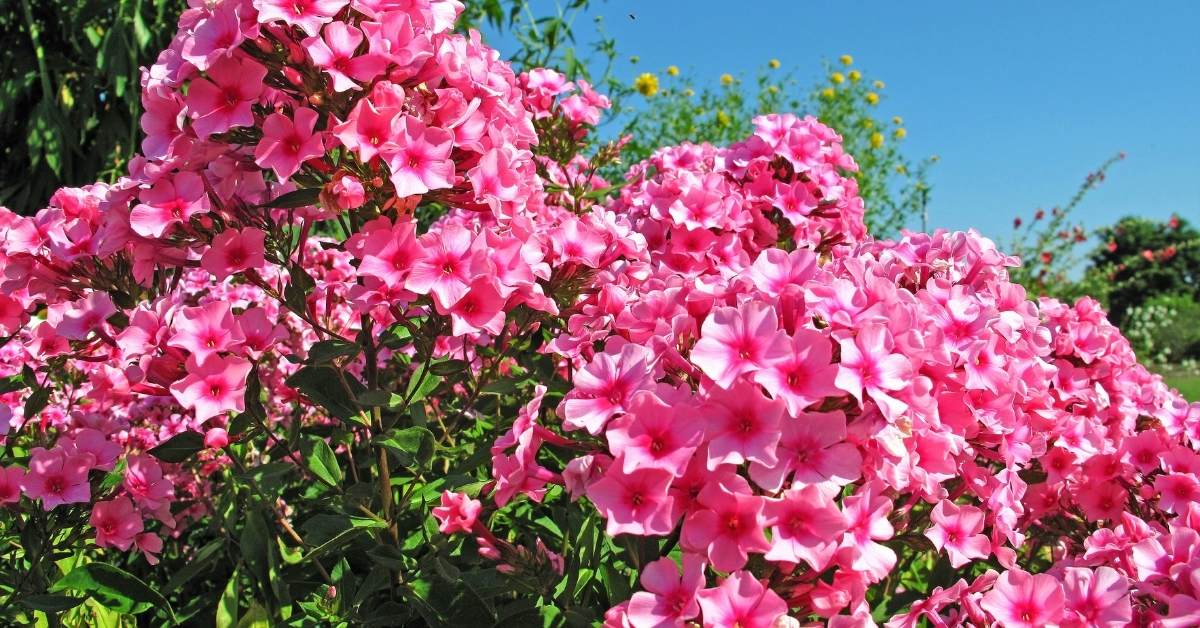
Phlox paniculata or tall garden phlox is a backbone plant in the perennial cottage garden. Here’s how to grow this must-have plant.
Scabiosa or Pincushion flowers bloom all summer if kept deadheaded. It doesn’t like clay, but if you feed it – it blooms like mad. Here are the rest of the growing instructions.
Trollius or Globeflower are bright yellow relatives of the buttercup (but far better garden plants) and can be grown and propagated with the proper instructions.
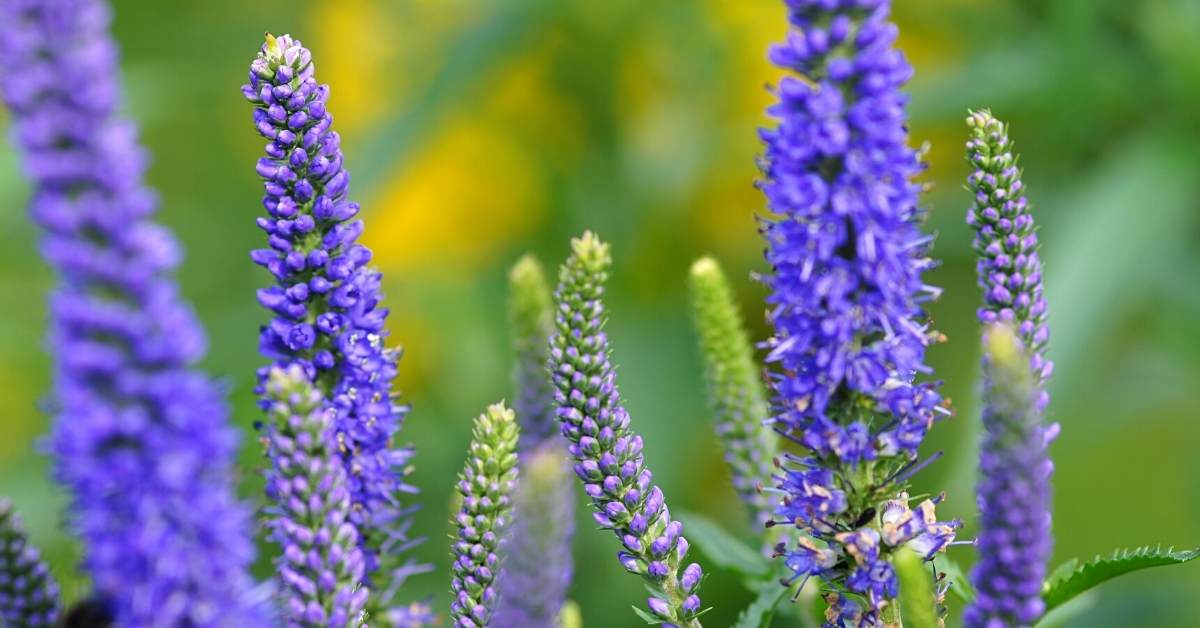
Veronica is one of the great blue flowers of the sunny perennial border, and you should grow it for this reason alone. Here are a few other reasons.
Conclusion
Full sun perennials are the backbone of the traditional perennial border, and they offer a wide range of benefits for your garden. They are usually easy to grow, they bloom for a long time, they attract pollinators and wildlife, and they create stunning displays of colors and shapes. In this article, I have shared with you some of the best full-sun perennials that you can grow in your garden and how to care for them. I hope you have enjoyed reading this article and that you will try some of these amazing plants in your own garden. Happy gardening!
FAQ
What are some of the best full sun perennials for zone 6?
Some of the best full sun perennials for zone 6 are Lavender, Coneflower, Peony, Black-Eyed Susan, Shasta Daisy, and Russian Sage.
How do I avoid rotting and winter death in my full sun perennials?
One of the ways to avoid rotting and winter death in your full sun perennials is to avoid planting them in heavy clay soils that retain too much moisture. You can also improve the drainage of your soil by adding organic matter or sand. Another way is to mulch your plants with a layer of straw or leaves in winter to protect them from frost and snow.
How do I keep my full sun perennials blooming for a long time?
One of the ways to keep your full sun perennials blooming for a long time is to deadhead them regularly, which means removing the faded or spent flowers. This will encourage new buds to form and prevent the plants from setting seeds. Another way is to fertilize your plants with a balanced organic fertilizer in spring and summer, following the instructions on the label. You can also divide your plants every few years to rejuvenate them and prevent overcrowding.
